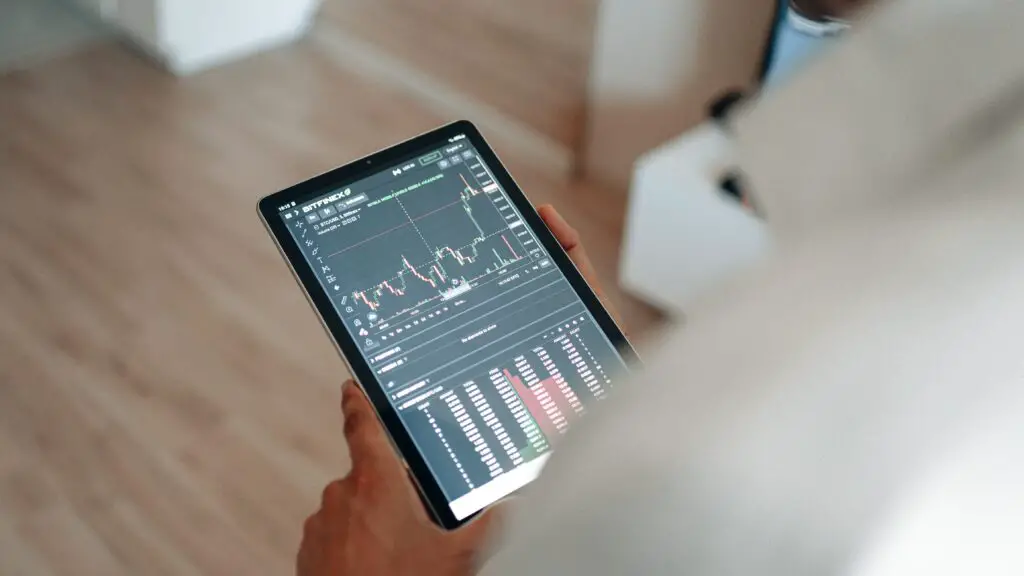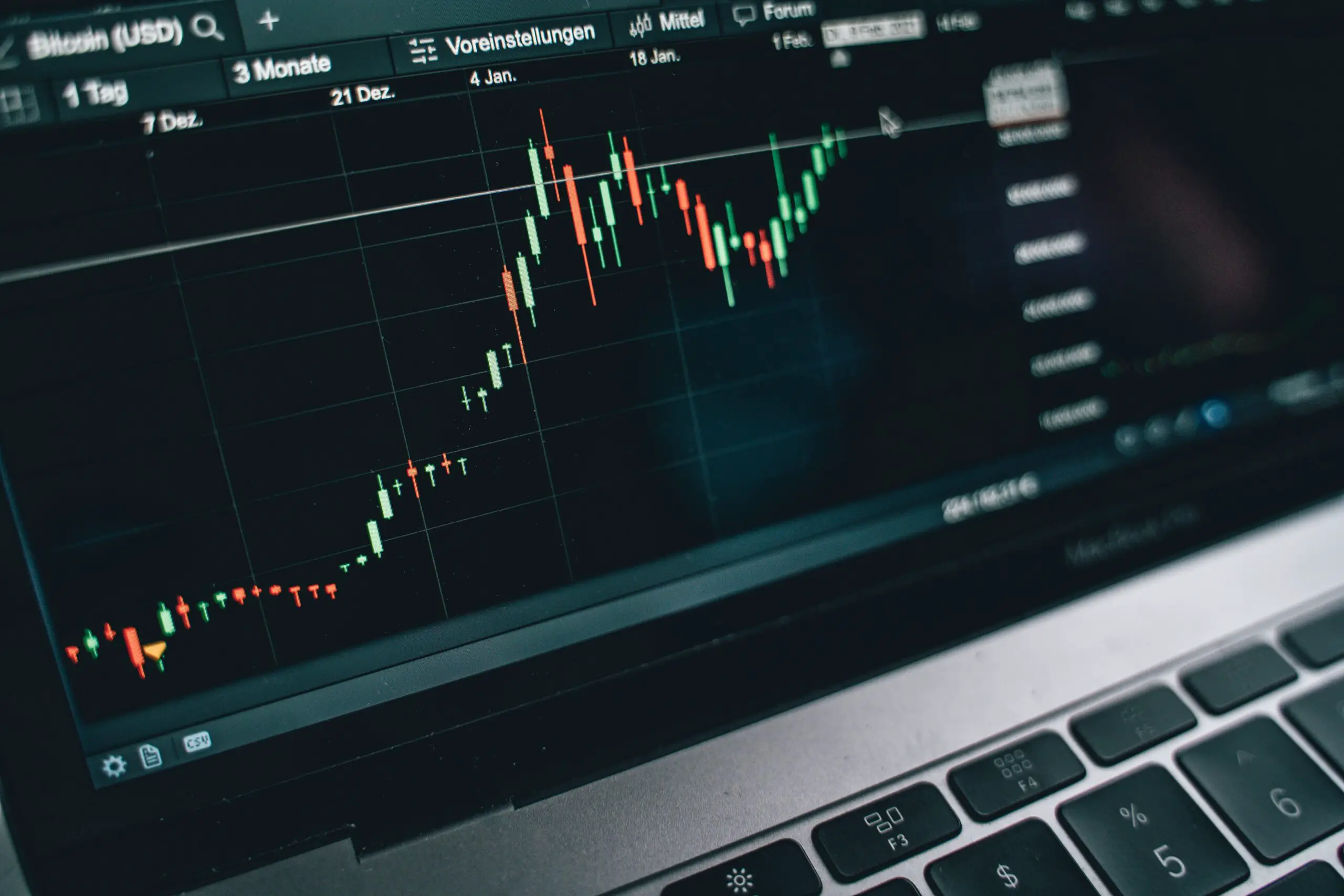Spot trading is a type of trade where you buy or sell an asset immediately, without having to wait for the expiration of a contract. The term "spot" comes from the fact that you are trading in the present moment, as opposed to futures contracts which require you to wait until the contract expires.
In this article, we'll discuss what spot trading is in more detail and how it works.
What is spot trading?
As we mentioned, spot trading is simply buying or selling an asset in the present moment. To do this, you must have a brokerage account that allows you to trade on the spot market. The spot market is a market where assets are traded and settled instantly.
Why is it called spot trading?
The main reason why it's called 'spot trading' is because trades are settled 'on the spot' or immediately. This is unlike other types of trading, such as forward contracts, which settle at some point in the future. It is called 'spot trading' because it is an act of trading in the present.
What is a spot market?
A spot market is where traders will buy or sell assets, without having to wait for the expiration of a contract. The spot market is different from other markets because it trades in the present, as opposed to the future. Spot markets can be found in asset classes such as currencies, commodities, and equities.
For example, there are spot markets for gold, oil, and stocks. If you aren't familiar with other markets such as the futures market, then you can think of the spot market as a place where you can buy or sell an asset immediately.
For example, there's the futures market for gold, where you can buy or sell a contract that will expire at some point in the future. The spot market for gold is different because you're buying or selling gold right now.
How spot trading works

The way spot trading works is when someone is looking to sell an asset, they will put an order in the system and someone who is looking to buy that same asset will match with them. The trade will then happen at the current market price.
This is different from other types of trading, such as futures contracts, where there is a contract that is agreed upon and then the trade happens at a later date. With spot trading, the trade happens immediately through a precise and accurate system.
This system works to match those who want to buy and sell at the same time as efficiently as possible. This is done through what's called an order book. An order book is simply a list of all the orders that are currently in the system.
When you want to buy or sell an asset, your order will go into the order book. The system will then match you with someone who wants to do the opposite trade. For example, if you want to sell gold, the system will match you with someone who wants to buy gold.
The order book will also show you the current market price. The market price is simply the last price that trade happened at. This is important to know because it will help you determine if you want to buy or sell at the current market price or if you want to wait for the price to change.
The market price is determined by the orders that are in the system. If there are more buyers than sellers, then the price will go up. In contrast, if there are more sellers than buyers, the price of the asset will go down.
It's important to always keep an eye on the market price so you know when the best time to buy or sell is. Another difference is that with spot trading, you are only dealing with the actual asset. With futures contracts, there is often a lot of speculation about what the price of an asset will be at a later date, and this can often lead to people betting against each other.
Spot trading is seen as a more efficient way of trading, and it is often used by people who are looking to trade large amounts of assets quickly. It is also seen as a more secure way of trading, as you are not dealing with speculation or bets.
It's a simple way of saying, "I have this asset, and I want to sell it now." and in response, the system matches you with someone that buys it from you right away at the market price. There's no need for negotiations, speculations, or delays.
Spot trading example
You have 100 shares of XYZ company that you bought at $50 per share. The current market price is $60 per share. You spot trade those 100 shares and sell them immediately at the current market price.
You've just made a $1000 profit. This may seem like a simple example, but spot trading is just that. Simple. And it can be very profitable if done correctly.
Spot trading advantages and disadvantages
Advantages
By having an immediate trade, you can take advantage of changes in the market price of an asset right away. For example, let's say you think that the price of gold is going to increase in the next few minutes.
You could place a buy order and as soon as the market price for gold reaches your desired level, your trade will be executed automatically. The ability to have precise control over when your trade is executed is one of the main advantages of spot trading.
Another advantage of spot trading is that it's relatively simple. Unlike other types of trading, such as futures or options, there is no need to worry about expiry dates or settlement procedures. All you need to do is place your order and wait for it to be executed.
Complicated strategies can lead to misunderstandings which can lead to poor trading decisions.
Disadvantages
On the other hand, there are some disadvantages to spot trading. One is that you may have to pay extra fees for immediate trade (depending on the brokerage firm).
When spot trading frequently, this can add up. And if you aren't careful, you could end up making some bad trades. So, it's always important to do your research before placing any trades.
Some brokerage firms also limit the amount of spot trading you can do in a day.
Another drawback is that you may not be able to find a buyer or seller for your trade right away. This is common when someone is spot trading assets with less liquidity. For example, you may want to sell your gold, but there may not be any buyers at that moment.
In this case, you would have to wait until someone is willing to buy your gold at the price you want. And finally, spot trading can be risky because you're buying or selling an asset without knowing the full story behind it.
However to be fair, the same can be said for all types of trading. However, with spot trading, the trades execute quickly which means you can't cancel or change your order once it's already been sold or bought. So, you have to be extra careful when making trades.
Conclusion
If you're new to spot trading or any type of trading, make sure you do your research and understand the risks involved before placing any trades. It's also important to find a reputable brokerage firm that will work best for you and your needs.
With spot trading, there may be some overwhelming aspects at first, but once you get the hang of it, it can be an exciting and profitable way to trade. As a market participant, it's always helpful to learn more about stocks and commodities to help you improve no matter which market you enter.
This website is a great resource for learning more about spot trading and other types of trading. Feel free to explore and bookmark any content you find helpful for future reference.

